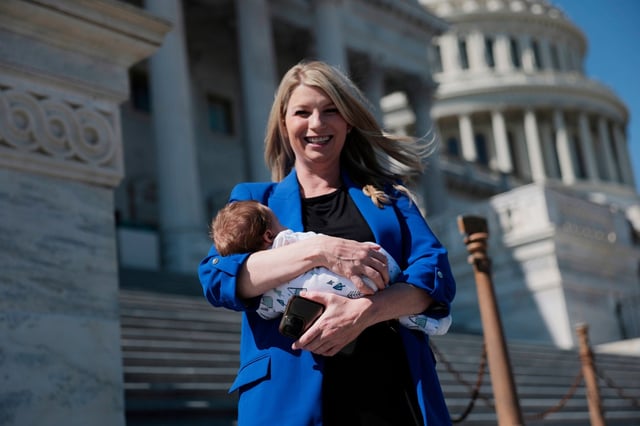Overview
- House Speaker Mike Johnson and Rep. Anna Paulina Luna agreed to replace the proposed proxy voting system for new parents with a vote pairing arrangement.
- Vote pairing allows absent lawmakers to pair with colleagues who abstain from voting, effectively balancing the absence without altering vote outcomes.
- Democratic lawmakers strongly oppose the compromise, claiming it denies new parents direct participation in high-stakes legislative decisions.
- The original proxy voting proposal, which offered 12 weeks of remote voting after childbirth, was blocked by Johnson over constitutional concerns.
- The debate reflects broader tensions in Congress over balancing family accommodations with traditional legislative processes and direct representation.



